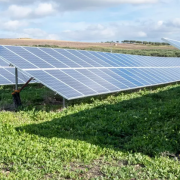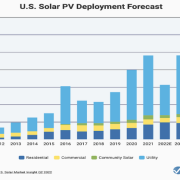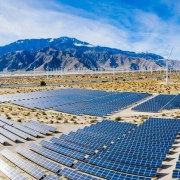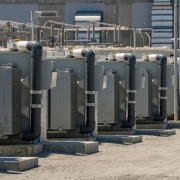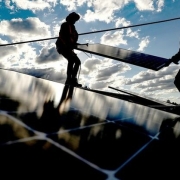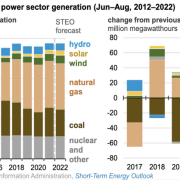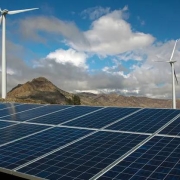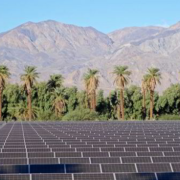Figures from the Global Solar Atlas for The World Bank, as analyzed by Statista, reveal the average potential of solar energy around the world and as this infographic shows, Africa is out in front. When combining the average long-term practical yield of a utility scale solar energy installation in each country, Africa’s 4.51 kWh/kWp/day is ahead of second-placed Central & South America’s 4.48, while North America is further behind on 4.37.
The assessments “exclude areas due to physical/technical constraints, such as rugged terrain, presence of urbanized/industrial areas, forests, and areas that are too distant from the centers of human activity”, but do not consider “soft constraints, i.e., areas that might be unsuitable due to regulations imposed by national or regional authorities (such as conservation of cropland or nature conservation)”.
Click here to read the full article
Source: World Economic Forum
—
If you have any questions or thoughts about the topic, feel free to contact us here or leave a comment below.

